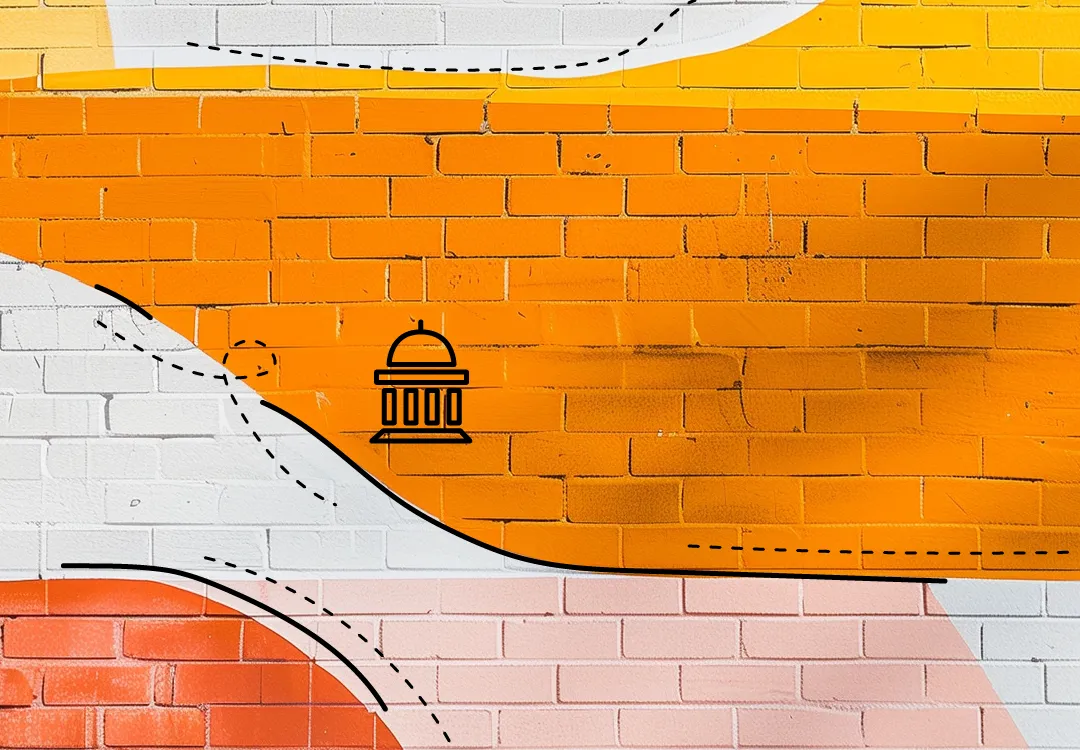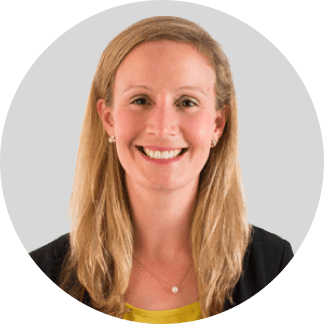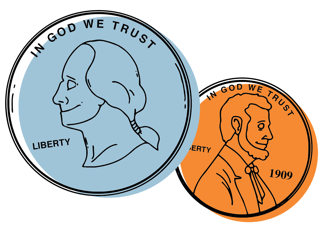Case study: Federal government
Developing competency models and workforce planning

How can an organization pass down knowledge and maintain its culture over time—especially as the employees who built that culture near retirement?
That was the challenge facing the Bureau of Engraving and Printing (BEP). Through a previous engagement with BEP, we had created a Human Capital Strategic Plan to drive meaningful workforce improvements. Now, BEP was ready to implement the plan. Developing and piloting a competency model would allow BEP to assess skills gaps, identify job-specific training needs, and make informed decisions around training investments.
To learn more about how BEP positioned its workforce for the future, we spoke with Mary Dalrymple, Director of Services and Innovation, who served as a Project Manager for our work with BEP.

Mary, thanks for traveling (not too far) back in time to talk BEP. When the project started, what was unique about BEP’s situation?

There’s a lot of history behind the Bureau, and a lot of people who are very passionate about their craft, in part because these jobs just don’t exist elsewhere. For example, the plate makers have specialized skills and often have followed in the footsteps of their parents and grandparents. That gives the culture a family feel (and at Eagle Hill, family is one of our core values).
And that was the challenge, right—to pass down that culture and expertise as over half their workforce approached retirement eligibility?
Yes, exactly. And at the same time, there was a lot of re-skilling that needed to happen to modernize their workforce.
Data scientists, data analysts, and engineers would soon be working alongside their craftspeople—how do we bridge that old generation to the new tech generation?
So, what were some areas Eagle Hill targeted to help BEP stay relevant into the future?

Overall, BEP needed to put in place some foundational human capital initiatives to build talent from within.
The number one priority was workforce planning to upskill their workforce and build some good bench strength behind these specialized roles, so they did not become a single point of failure.
Another big priority was competency modeling: getting a clear understanding of what success looks like in critical roles, such as the plate makers. What does that person do on a day-to-day basis, and how can we train others in the organization to acquire those skills?
During the implementation, did you pilot any solutions before rolling them out to the wider group?
Yes. The pilot tested the process for developing the competency model. The plate makers were the first group that we worked with to put together the actual models for their job and what success looks like in their role.
It validated that we were on the right track and served as a model for how to develop competency models enterprise-wide.
And what do those competency models allow BEP to do?
First and foremost, they are a basis for training. They give a sense of what people’s proficiency levels are across different competencies and where gaps exist, so they can close the gaps by aligning the right training requirements to the job descriptions that we had laid out.
“I think where we stand out IS OUR ABILITY TO BRING THE STRENGTH OF BOTH OUR CLIENTS AND EAGLE HILL TO CREATE THE STRONGEST TEAM.”
— Mary Dalrymple
What’s in place to help BEP make sure they’re meeting their workforce planning goals going forward?
There’s a performance management component that clearly defines what the expectations are for performance in each role. The goal is that, through these models, we see an increase in job performance.
There’s also an application on the knowledge management side, to make sure they’re capturing knowledge from those who are departing as they relate to the competency model.
What was it like working with BEP on this project?

I think where we stand out is our ability to bring the strength of both our clients and Eagle Hill to create the strongest team, and that was definitely the case at BEP.
We had regular meetings with leadership, but they weren’t really status meetings. They were more like collaborative working sessions to make sure we’re tailoring things as best we can to their culture and their unique context.
Looking back, what are you most proud of from this project?
The inclusion of the employee voice. BEP has a very diverse workforce, and Eagle Hill values bringing in those inclusive perspectives. Part of why we do that is so that there’s more buy-in when it comes time for implementation. When people feel like they’ve had their feedback incorporated, it improves the success of the strategic initiative that you’re rolling out.
One of the client satisfaction surveys said that we’re the best contractor team they had ever worked with. I think that’s a testament to the fact that Eagle Hill is different than other consultants that have come through BEP before. We went the extra mile to take into account their culture and make our solutions work for their workforce.

